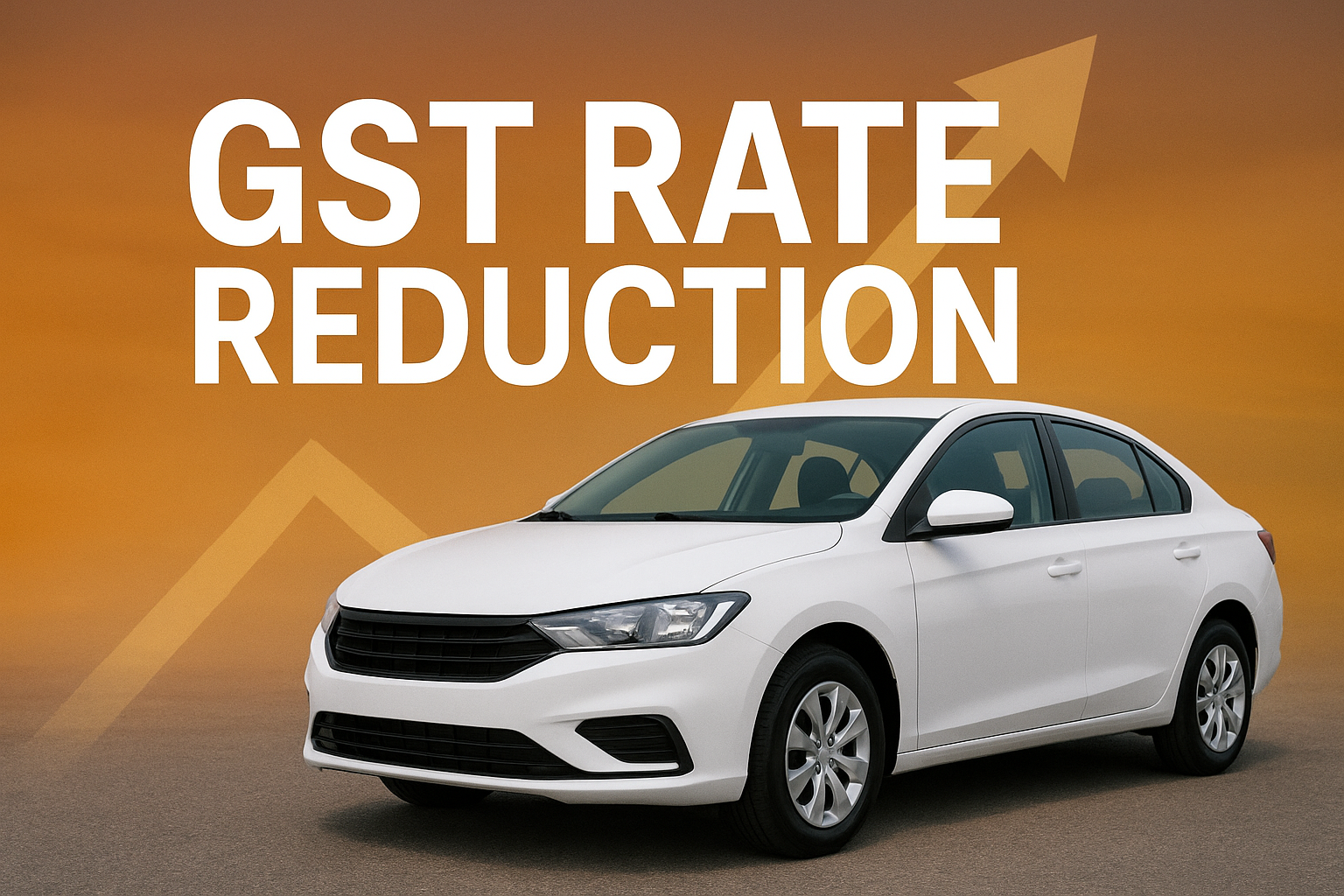Indian Automakers Hail GST Rate Rationalization as Landmark Reform to Boost Growth and Affordability
New Delhi, September 2025 – India’s leading automobile manufacturers have hailed the GST Council’s landmark decision to simplify the indirect tax structure into two slabs of 5% and 18%, calling it a transformative reform that will drive consumer confidence, boost rural and urban demand, and accelerate India’s journey toward Viksit Bharat @2047.
The industry’s top leaders believe the rationalised GST regime will lower household expenses, reduce costs across automobiles, farm equipment, and essential goods, and strengthen the foundations of sustainable, inclusive growth.
Mahindra Group: A Defining Moment for India’s Tax Landscape
Dr. Anish Shah, Group CEO & MD, Mahindra Group, described the reform as a “defining moment in India’s journey” toward a simpler, fairer, and more inclusive tax system.
“By moving to a streamlined two-rate structure and focusing on essentials that touch the lives of every citizen, the Government has reaffirmed its commitment to Ease of Living and Ease of Doing Business. At Mahindra, we view these reforms as transformative – they simplify compliance, expand affordability, and energise consumption, while enabling industry to invest with greater confidence,” Shah said.
Mr. Rajesh Jejurikar, ED & CEO – Auto and Farm Sector, M&M, emphasized the reform’s impact on farming and mobility.
“This landmark GST rationalisation will make tractors and farm machinery more affordable, reduce costs for commercial vehicles, and improve accessibility for personal mobility across SUVs. Retaining the 5% GST on EVs will further accelerate India’s clean mobility vision,” Jejurikar added.
Ashok Leyland: Boost for Trucks, Buses, and Freight
Mr. Shenu Agarwal, MD & CEO, Ashok Leyland, said the GST rate cuts will spur freight movement and fresh demand for commercial vehicles.
“This relief comes at a crucial time, simplifying compliance and offsetting the impact of recent global trade challenges,” Agarwal noted.
Kinetic India: Push for Atmanirbhar Bharat
Mr. Ajinkya Firodia, Vice Chairman, Kinetic India, praised the reform as a timely boost for India’s Atmanirbhar Bharat vision.
“It will lower financing costs, create jobs, and encourage capacity expansion. We request continued Government support for EVs to ensure two-wheeler electrification stays on track,” Firodia said.
Tata Motors: Reinforcing EV Adoption and Affordability
Mr. Shailesh Chandra, MD, Tata Motors Passenger Vehicles & Tata Passenger Electric Mobility, said the reform strengthens both personal mobility and India’s EV roadmap.
“Retaining the 5% GST on EVs is a forward-looking move, while reducing GST on small cars to 18% makes personal mobility more affordable for millions. These steps will boost domestic manufacturing and sustainable growth,” Chandra highlighted.
Hyundai Motor India: Strengthening Make in India
Mr. Unsoo Kim, MD, Hyundai Motor India, termed the GST overhaul a “revolutionary step” that fuels inclusive, consumption-led growth.
“Nearly 60% of our ICE portfolio will now fall under the 18% slab, making Hyundai vehicles more accessible in both urban and rural markets,” Kim said.
Renault India: Affordable Mobility for the Masses
Mr. Venkatram Mamillapalle, MD, Renault India, called the reform an “early festive gift” for consumers.
“The GST cut on entry-level cars from 28% to 18% and uniform 18% on auto components make personal mobility far more affordable. Reduced taxes on tractors and farm equipment will also boost rural demand and open new growth avenues across Tier 2 and Tier 3 markets,” Mamillapalle explained.
Simplified GST for Wider Growth
Ayush Mehrotra, Partner at Khaitan & Co, welcomed the reform, noting its transformative impact on the auto sector.
“By moving to a simpler two-rate structure, compliance burdens will ease and disputes reduce. For the automobile sector, mass-market vehicles will see relief, while luxury cars and premium EVs may continue facing higher levies under the proposed 40% slab,” Mehrotra said.
He explained that while passenger cars and two-wheelers are set to benefit from the 18% slab, luxury and premium vehicles could remain under a 40% bracket, keeping their effective tax rates largely unchanged. For EVs, he said the outlook is mixed – mass-market EVs may gain from the 5% slab, while premium EVs may face higher taxation, a scenario that could affect global players more than domestic manufacturers.
FADA: Boost for Affordability and Inclusive Mobility
Echoing industry optimism, Mr. C.S. Vigneshwar, President of the Federation of Automobile Dealers Associations (FADA), called the GST reform a “watershed moment” for India’s automobile retail sector.
“FADA warmly welcomes the bold and progressive reforms which simplify the tax structure, lower rates for mass mobility, and bring consensus across all States. This is a decisive step that will boost affordability, spur demand, and make India’s mobility ecosystem stronger and more inclusive,” he said.
Vigneshwar added that the timing of the announcement, ahead of the peak festive season, will enhance consumer sentiment and drive higher retail sales. However, he emphasized the need for clarity on the treatment of cess balanceslying in dealers’ books to avoid transition-related ambiguity.
“Glitch-free implementation will be key to ensuring that the benefits seamlessly reach customers,” he noted, assuring FADA’s commitment to working closely with the Government and GST Council to make GST 2.0 a model reform – simple, transparent, and growth-oriented.
Transformative Step for Mobility Ecosystem
The auto sector, one of the highest taxed industries in India, is expected to witness significant restructuring under the new GST slabs. With lower levies for mass-market mobility, analysts expect a surge in demand for entry-level cars, scooters, motorcycles, and affordable EVs. At the same time, luxury vehicles and high-end EVs may continue to remain premium purchases under the 40% slab.
A Transformative Reform for Bharat @2047
The two-slab GST system has been welcomed as a bold reform that simplifies compliance, energises consumption, and builds investor confidence. With benefits flowing across automobiles, agriculture, EVs, MSMEs, and consumer essentials, the auto sector sees the decision as a game-changing step towards sustainable, inclusive growth and a future-ready Bharat by 2047.
Share this content:











Post Comment